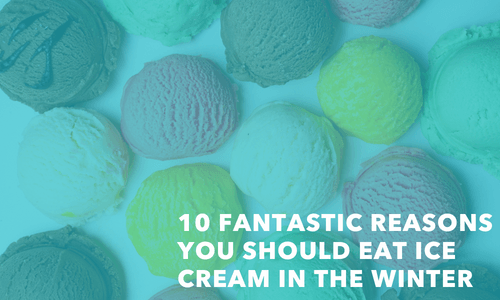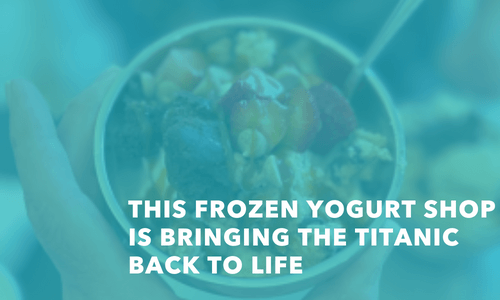Deep Freeze, Deep Fry: Ice Cream with a Hot Twist
You're Hot Then You're Cold?
The first time seeing fried ice cream on a menu is confusing. Sure, your fries come out of the fryer, beautiful little crispy golden slivers of potato-y yumminess. Where were we? Wait, we're talking about ice cream and how to fry it (got distracted). It's weird. All those years of advanced science classes teach us that when something cold goes near something hot, the cold thing melts (super scientific). You've eaten an ice cream cone on a hot summer day. You know what it's like having the sun melt it, dripping down your arm. So, what's the deal with literally dropping a ball of ice cream in a deep fryer?! It's easy, delicious, and the perfect level of weird.
Who Thought of This?
There's some speculation about where the idea of fried ice cream came from. Some say it's Japanese, others say Mexican, but the oldest printed record is a Philadelphia company rumored to have added their fryer to the dessert supplies arsenal, where they served ice cream inside a deep-fried pastry (sheer genius). Its origin won't matter after your first bite, guaranteed.
How it Works
Obviously, the deep fryer is particularly difficult for most personal ice cream enthusiasts to carry amongst their home dessert supplies, so I'd recommend going out for one first, then try it at home. After all, a deep fryer and a deep, oil-filled pan are practically the same thing (equally dangerous, too, so be careful). Anyway, the process is simple. The ice cream has to be kept at a lower temperature than usual, lest you have a melty mess when frying. The outer shell is totally up to you. Once the ice cream is properly frozen, a simple egg coat is applied, then rolled around in the crispy shell of your choice (cookie crumbs are amazing, we promise). It only needs to be fried for 10 to 15 seconds, because, remember, you're frying ice cream.
You're ready to eat now (we are, too). The first bite is the best. The hot outer shell crumbles into smooth, cold ice cream. Each bite is hot, cold, creamy, and crunchy. Four pillars of dessert-dom all in one dish. Whether you're out for a dessert or trying something funky at home, you can do so much with ice cream. Frying it is just another beautiful blip in the universe of frozen desserts. Bon Appetit!





